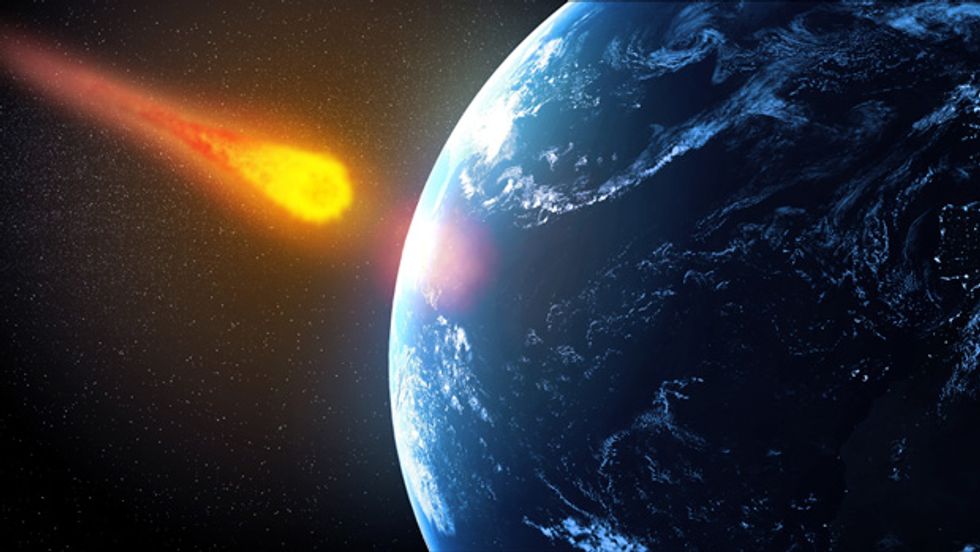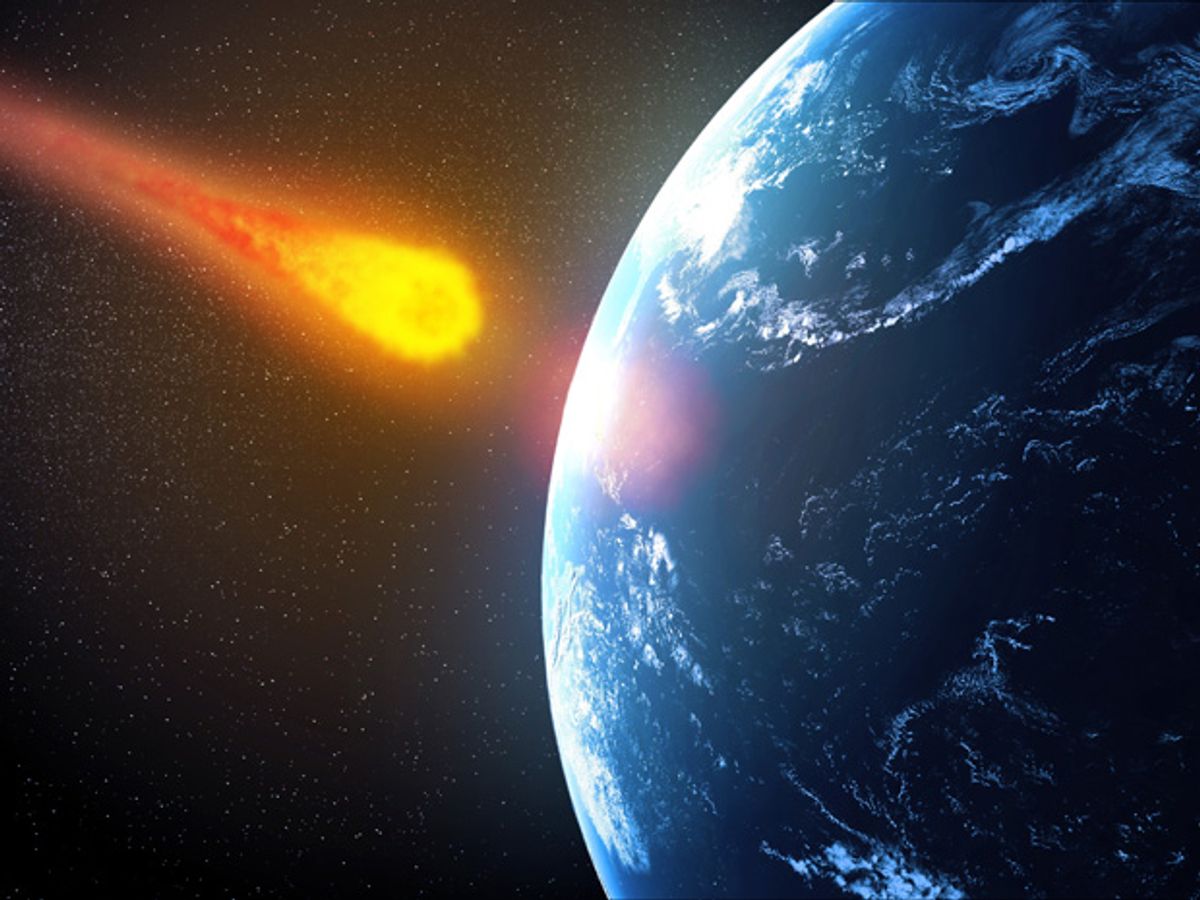
In a world of endless threats, the most worrisome are those that can kill you. And a large asteroid hurtling toward a catastrophic collision with Earth tops the list.
Killer asteroids are part of a category of slow-emerging existential threats, such as global climate change, that, because they reveal themselves gradually, invite the attention of engineers, who are well suited to craft solutions from materials and technologies at hand.
Slow-emerging threats aren’t easily thwarted, because there are honest disagreements about optimal responses. That’s the situation with rogue asteroids and comets. A staple of science fiction, these near-Earth objects (NEOs) are real. In 2013, an 18-meter-wide asteroid exploded—without warning—above a remote part of Russia. In January, a larger asteroid passed within 1.2 million kilometers (745,000 miles) of Earth—close enough to allow the Jet Propulsion Lab, which leads NASA’s NEO office, to learn a lot.
The stakes are high. An asteroid collision most likely extinguished the dinosaurs about 65 million years ago. David Morrison, a senior scientist at the Solar System Exploration Research Virtual Institute, at the NASA Ames Research Center, in Mountain View, Calif., thinks it’s “reasonable to expect” that, if faced with a killer asteroid, “the spacefaring nations would find a way to deflect it and save the planet.”
How? Space engineers believe they can fashion effective responses from existing technologies. The two most popular strategies involve destroying asteroids with explosives or nudging them into a new trajectory, to allow Earth to escape impact.
Experts from the United States’ National Academy of Sciences, the Department of Defense, and NASA and specialized outfits such as the Asteroid Deflection Research Center, at Iowa State University, all agree that early warnings—years or even decades in advance of impact—are essential for effective protection.
Step one is to create an inventory of the many dangerous asteroids loose in deep space. NASA is behind in its task to identify and track them, partly because costs have exceeded the paltry sum (about US $40 million annually) budgeted by the U.S. government.
Fortunately, there are people in the private sector willing to pitch in. “You can’t stop what you can’t see,” says Edward Lu, former astronaut, physicist, and cofounder of the B612 Foundation, which is devoted to tracking asteroids. Lu argues that the best way to accelerate tracking threats is to send a telescope—called Sentinel (see “A Sentinel in Space,” in this issue)—into space that would identify previously unknown NEOs larger than 140 meters. He says his private foundation can assemble such data more quickly, and less expensively, than government can.
Once identified, killer asteroids will need to be diverted or destroyed. Hydrogen bombs, possessed in plentiful numbers by the United States and Russia, can smash NEOs into bits. If resorting to nukes in space proves impractical, “gravity tractors” and kinetic impactors (high-speed spacecraft that enter the path of an NEO in order to alter its trajectory) can deflect asteroids so that they miss Earth. We need only alter an asteroid’s arrival time by 6 minutes to avoid a collision. Finally, advance warning would allow the target area to be evacuated; endangered people could at least move to safer ground.
The hitch, of course, is money. Responding vigorously to threatening asteroids ultimately could cost a fortune. With enough money, engineers would gain enormous new responsibilities and the chance to save untold lives or even the human species.
But what if avoidance systems fail altogether, or carry out a maneuver that spares damage to one country but results in harming another? Carl Sagan called this the “deflection dilemma.” Even worse, what if bad guys hijack the technology and send an asteroid toward Earth, instead of nudging it away from us?
Then space engineers will be glad for another kind of preemptive action—political sanction and cover for their work—because their protection system might end up increasing risks to Earth’s inhabitants.
About the Author
G. Pascal Zachary is a professor of practice at Arizona State University and author of Endless Frontier: Vannevar Bush, Engineer of the American Century (MIT Press, 1999).
